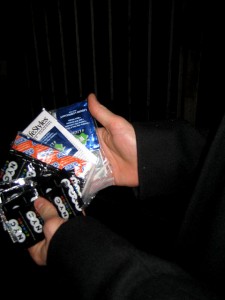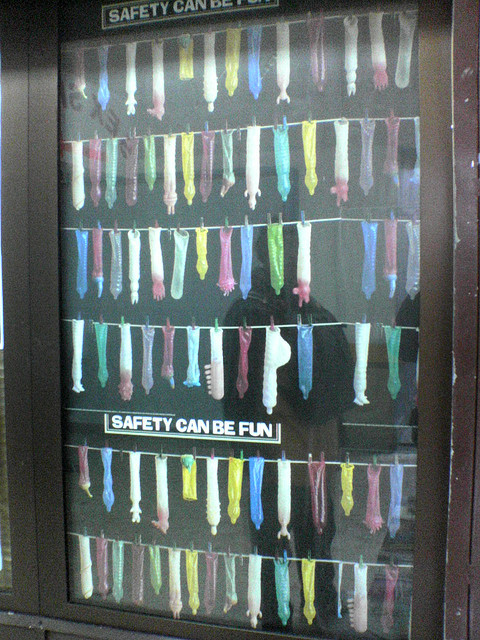Starpharma: VivaGel® Condom Receives TGA Device Certification – Launch Preparations to Follow
Don’t Get Too Excited About The ‘HIV-Killing’ Condom Yet
An Australian company, Starpharma, has just received its government’s approval to produce and sell a promising new condom incorporating VivaGel®, a lubricant purported to block viral infections, including HIV, HPV, and other sexually transmitted diseases (STDs), up to 99.9% of the time. The Australian consumer brand is LifeStyles Dual Protect, and the company has plans to market worldwide.
Some experts, such as Dr. Anna-Barbara Moscicki, initially raised red flags. Dr. Mosciki submitted that her earlier study on HPV transmission and and other studies on HIV prevention, showed that VivaGel(R) can cause irritation of surrounding tissues, which of course increases the likely incidence of infection.
Starpharma’s clinical studies included 1000 participants, and its spokespeople were quick to neutralize these concerns by pointing out that those studies used a 3% concentration of VivaGel®, while its study used 1% and the drugstore version will be .5%, neither of which was shown to cause irritation.
If VivaGel® succeeds it promises to significantly reduce infection rates when these condoms are used for safer sex.
However, like all other condoms before these, they have to actually be used, making it doubtful that those needing it the most, the highest risk populations in certain countries, and others insisting on unprotected sex, will benefit.
The important take-away is that if used consistently and correctly, reliance on condoms, VivaGel® or not, significantly reduce the incidence of HIV and other STDs. This is underscored by trends showing that young people are chancing unprotected sex believing incorrectly that HIV is easily curable. It’s not. Go forth and have as much sex as you wish but make sure it is safer sex.
So what do you think of this new product, and how it may say lives?





